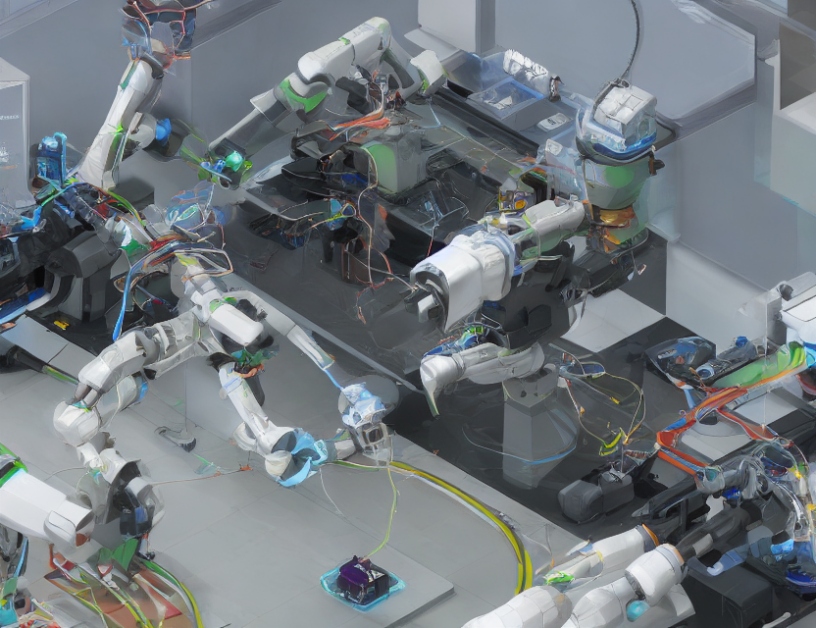In this article, we explored the concept of state estimation in robotics, specifically focusing on the Extended Kalman Filter (EKF) and its applications in humanoid robotics. State estimation is crucial for robots to accurately determine their position, orientation, and velocity, which is essential for efficient and safe operation.
To understand state estimation, let’s break it down into simpler terms. Imagine you’re driving a car, and you want to know your exact location on the map. You can do this by using GPS, which provides you with information about your position. Similarly, in robotics, state estimation uses various sensors, such as accelerometers, gyroscopes, and magnetometers, to estimate the robot’s position, orientation, and velocity.
The EKF is a widely used method for state estimation in robotics. It’s like a navigator who helps the robot find its way by using information from various sensors. The EKF calculates the probability distribution of the robot’s state (position, orientation, and velocity) based on the sensor data it receives. This probability distribution represents the uncertainty of the robot’s state, which is essential for making informed decisions.
The article discussed several key concepts related to EKF, including linearization, bias terms, and covariance matrices. These concepts are like puzzle pieces that help us understand how the EKF works. By putting them together, we can create a more accurate and robust state estimation system for humanoid robots.
The article also highlighted future work on incorporating visual filters to complement the RIEKF and further improve state estimation accuracy. Visual-based filters are like additional navigators who help the robot refine its position by taking into account visual information from the environment. By combining the EKF with visual filters, we can enhance the overall robustness and reliability of the state estimation system in humanoid robotics applications.
In summary, this article provided a comprehensive overview of state estimation in robotics, focusing on the EKF and its applications in humanoid robotics. By demystifying complex concepts and using engaging analogies, we can better understand how state estimation works and why it’s essential for robots to accurately determine their position, orientation, and velocity.
Kalman Filter-Based Sensor Fusion for Robot Localization



